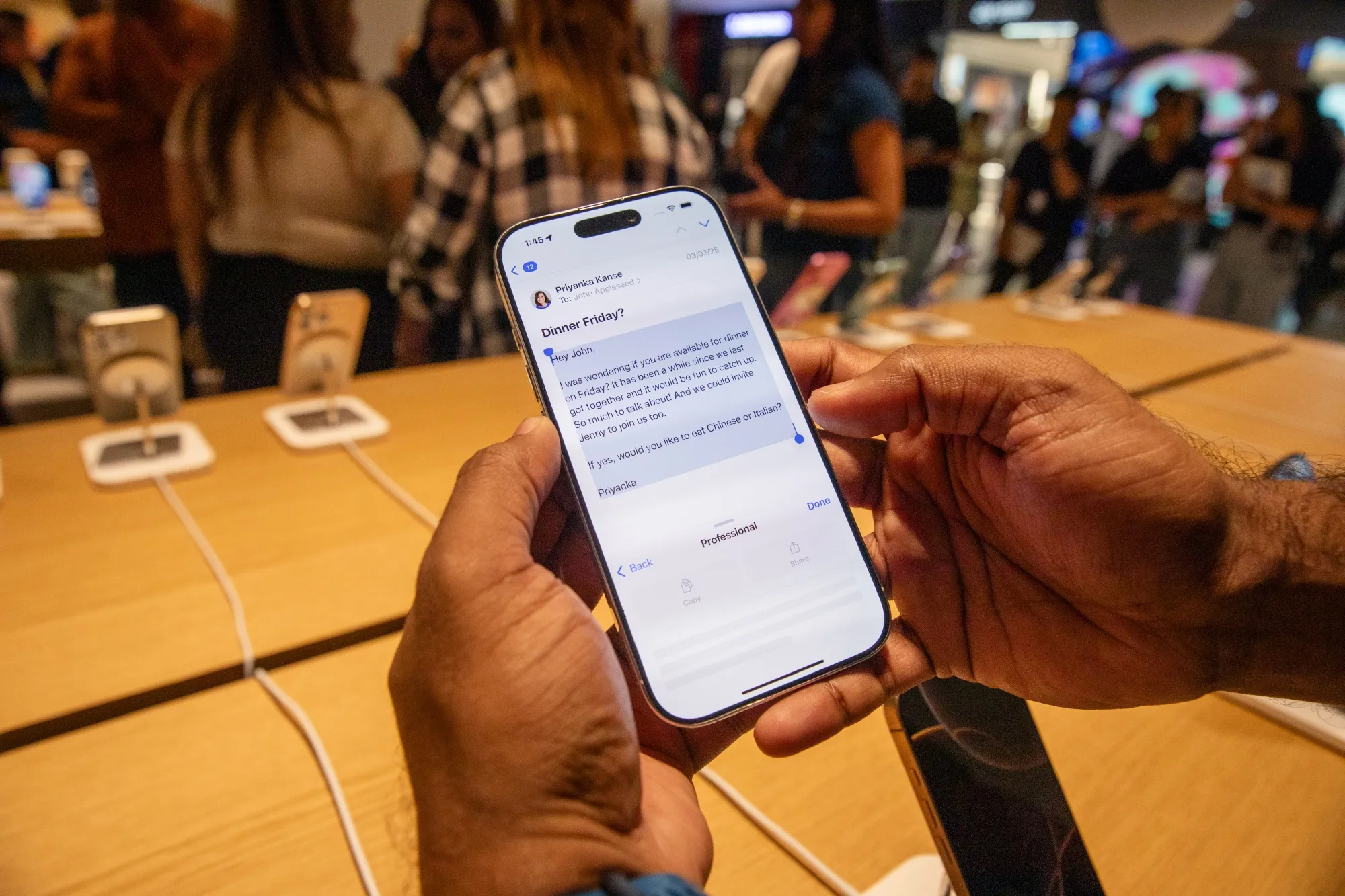Apple's AI Leadership Shift: Ke Yang Joins Meta
Apple's AI division faces a setback as Ke Yang leaves for Meta, highlighting challenges in retaining talent and competing in the AI landscape.

Overview of Apple's AI Leadership Changes
Apple’s AI division is experiencing a significant transition as Ke Yang, the newly appointed head of Apple’s Intelligence Answers, Knowledge, and Information team, departs to join Meta. This move is part of a broader trend of AI talent leaving Apple, raising concerns about the company’s position in the competitive AI landscape.
Key Developments
-
Ke Yang’s Departure: Recently appointed to lead Apple’s AI search initiative, Ke Yang is leaving Apple for Meta, the parent company of Facebook. His role at Apple involved developing AI-powered search technologies and conversational systems to compete with OpenAI’s ChatGPT.
-
Apple’s AI Brain Drain: Yang’s exit is part of a larger exodus, with around a dozen AI experts leaving Apple for Meta and other competitors. This trend challenges Apple’s ambitions to compete in AI, as it lags behind rivals like OpenAI, Google, and Meta.
-
Leadership Vacuum: Apple is reportedly searching for a replacement for John Giannandrea, head of AI and machine learning, who oversees the company’s AI strategy. The search for his replacement suggests potential instability or restructuring within Apple’s AI efforts.
Background: Apple’s AI Ambitions and Challenges
Apple has historically been cautious with AI, focusing on privacy and incremental improvements rather than open generative AI models. However, the rise of AI interest due to ChatGPT has pushed Apple to accelerate its initiatives:
- Developing proprietary AI search tools with natural language understanding.
- Enhancing Siri and other AI-driven assistants with generative capabilities.
- Investing heavily in AI research and recruiting top talent.
Despite these efforts, Apple struggles to retain AI specialists, partly due to intense competition and a possibly less flexible innovation environment compared to Silicon Valley peers.
Meta’s AI Strategy and Talent Acquisition
Meta is aggressively expanding its AI capabilities, particularly in generative AI and conversational agents. The company has invested billions in AI R&D, aiming to integrate advanced AI across its platforms and the metaverse.
By recruiting top AI talent from Apple, including Ke Yang, Meta aims to strengthen its AI teams with experienced leaders to accelerate product innovation and compete with OpenAI and Google. This strategy underscores Meta’s commitment to dominating AI technology.
Industry Impact and Outlook
-
Apple’s AI Innovation Pace: The departure of key AI executives like Ke Yang could slow Apple’s progress in delivering cutting-edge AI products. It may also impact morale and the company’s ability to attract future AI talent.
-
Competitive Dynamics: Apple’s challenges contrast with Meta’s aggressive hiring, signaling a shifting landscape where Meta and other tech giants may outpace Apple in generative AI innovation.
-
Future Prospects: Apple’s ongoing search for AI leadership and efforts to stabilize its AI team will be critical in determining if it can regain momentum. While Apple’s strong ecosystem and privacy focus remain competitive advantages, rapid AI innovation is becoming essential to maintain relevance.
Visuals for Context
- Ke Yang: Professional headshots of Ke Yang, highlighting his role in Apple’s AI search team.
- Apple AI Team: Images of Apple’s AI research lab, illustrating the environment affected by recent departures.
- Meta AI Division: Visuals of Meta’s AI research center, emphasizing its growing AI ambitions.
- Apple and Meta Logos: To represent the corporate entities involved in this talent movement.
Apple’s AI efforts are at a pivotal juncture as it faces internal leadership changes and significant talent loss to Meta, a rival intensifying its push in generative AI. How Apple navigates this phase will shape its role in the future AI ecosystem. With AI now a central battleground in tech, these developments highlight the high stakes and rapid evolution defining the industry.



